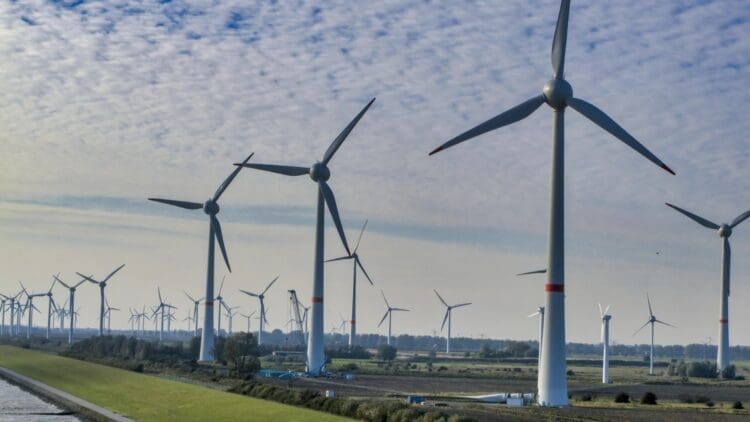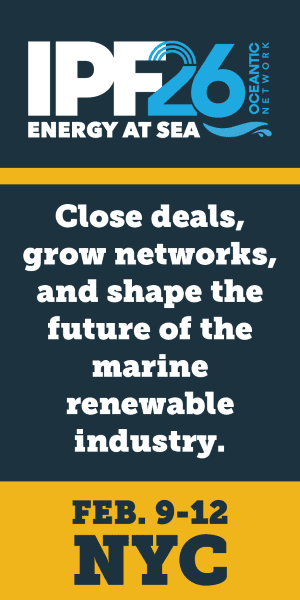The wind sector in Europe has seen a significant slowdown in growth, which is a direct result of grid bottlenecks and several European countries not living up to the EU’s expectations. Wind power remains a crucial form of energy generation as the world transitions away from fossil fuels in favor of a more environmentally friendly alternative. However, a myriad of issues have slowed the growth in the wind sector substantially, and the outlook for the rest of this year is not looking good. Despite that, the wind turbines and investment are up.
Europe is falling short of its wind power goals following a decline in output
Europe is an exceedingly small continent, especially when compared to the rest of the world. Space is at a premium, and large and cumbersome energy projects take up vital land, which only exacerbates the energy problems. What might be the answer, you ask? Wind Power. Wind power farms are unique in the sense that they can be constructed both on land and at sea.
In the first half of 2025, the Europeans built 6.8 GW of new wind power capacity, of which 5.3 GW was in the EU. The vast majority of that was offshore wind projects. Europe now has a total of 291 GW of wind power: 254 GW on land and 37 GW at sea. Many nations in Europe are struggling to permit enough wind projects, with reduced expansion of Europe’s electricity grids, lackluster efforts to electrify Europe’s economy, and underperforming auction designs remaining key problem areas.
“Governments must get their act together on wind energy. Wind is competitive – it brings down electricity costs for citizens and businesses. Wind is secure – home-grown wind turbines reduce costly and dangerous dependencies on fossil fuel imports. And wind is good for the economy – it creates jobs and tax income. Around 400,000 people in Europe work in wind already, and each new wind turbine contributes €16m to Europe’s GDP. But Governments are still failing to get wind permitted and built fast enough.” – WindEurope CEO Giles Dickson
Germany leads the way in the wind sector in mainland Europe
Germany has an unparalleled reputation for implementing rules and regulations down to the tiniest detail. The German nation is set to build 5 GW of onshore wind this year, which is 5 times more than they built over the last 5 years. They have rigorously implemented the EU’s permit regulations and have fast-tracked 8 GW of onshore wind permits granted in the first half of 2025.
The German authorities grant permits for wind projects on average, within 18 months. Despite the apparent proclivity for wind power, a recent auction in Germany saw zero bids for a massive wind project, underscoring the problems in the auctioning process. Wind Europe has lamented the slow adoption of wind power by the European nations.
“Less new wind is bad news for Europe’s wider competitiveness. Industry in Europe is craving cheap electricity to compete with China and the US. But too many Governments remain half-hearted in their expansion of wind. This is not only threatening the wind sector. It’s also jeopardising jobs and growth more widely – in steel, chemicals and ICT. Doing business in Europe is so much harder for them if the EU can’t deliver on its energy targets.” – WindEurope CEO Giles Dickson
Despite the slow progress, the future of wind power in Europe remains bright
The reduced output by the wind sector in Europe is concerning; however, one can take solace in the fact that wind turbine orders are through the roof, and investment in the sector remains exceedingly high. Europe will not be looking to emulate the stance of the United States when it comes to the wind power sector, as the US is working hard to roll back any progress being made. Europe took €34bn worth of final investment decisions (FIDs) in new wind farms in the first half of 2025 – more than the total FIDs in 2024.





